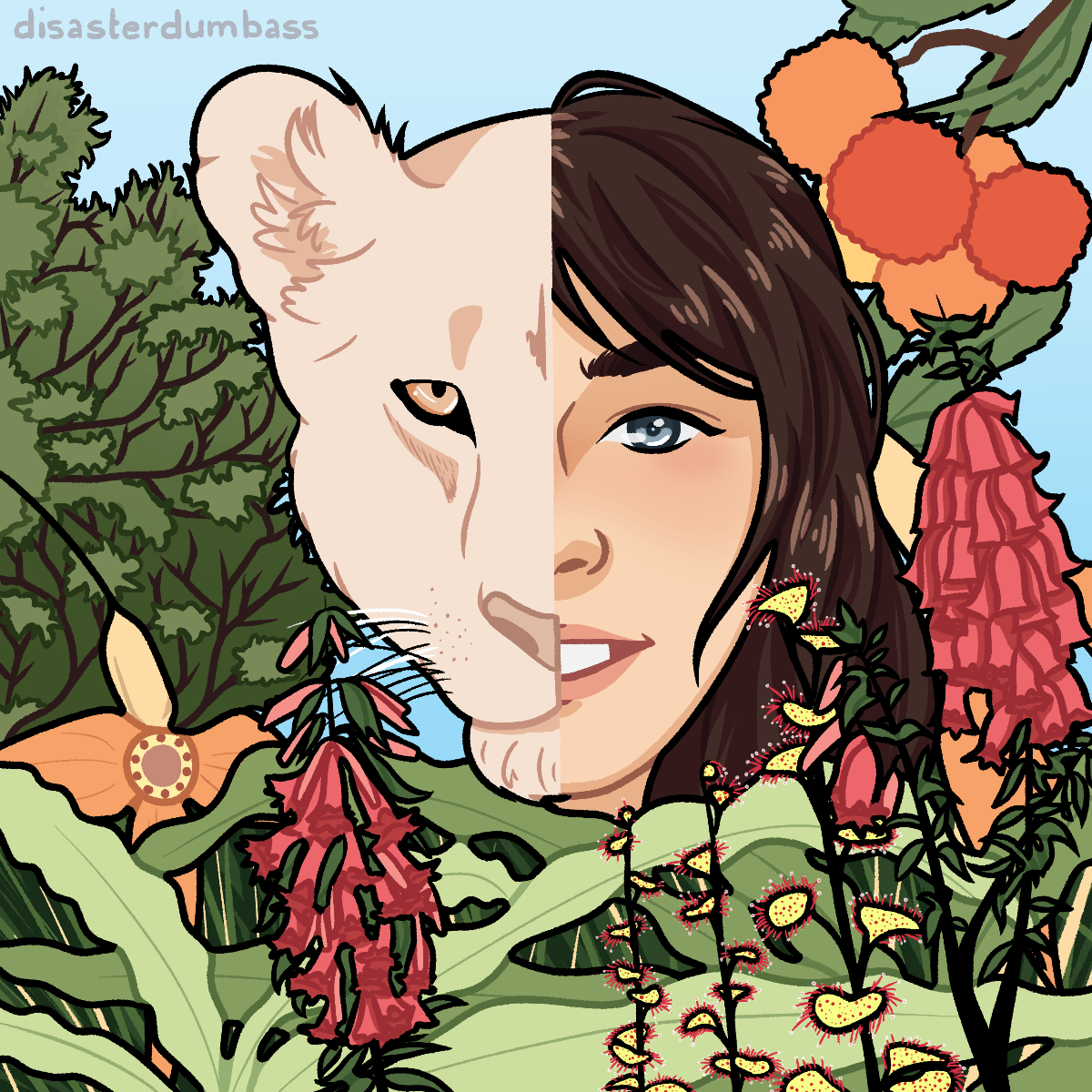Cotton-ball Crab
Basic Information
Anatomy
Like many of the creatures discovered on Glaukias the Traveler's most recent expedition, the cotton-ball crab is a very close analogue to entirely mundane creatures found all across the world with just a few differences that immediately mark it as utterly strange an absolutely unique. The first image that pops into someone's head after hearing "cotton covered hermit crab" is most likely a 90-95% accurate picture of Paralithodes Bombacio. That comparison isn't even shell-deep, however: while cotton-ball crabs occupy a rigid shell which they fold into and emerge from, it appears that the shell is a permanent component of their body which grows with them more akin to that of a turtle than the borrowed shell of a hermit crab. It is not yet known whether the cotton that lends its name to these creatures is another product of their bodies, or if they acquire it somewhere and affix it to themselves. Whatever the case, it is an extremely soft and loose coating that makes up well over half of their total volume dampening blows and, when combined with their extraordinarily light bodies, allows them to ride the strong winds of their homeland like a dandelion's seed.
Genetics and Reproduction
Male cotton-ball crabs have spermatophores, which they deposit directly inside the shell of a female during their mating season. The females undergo an as-yet unique process before and during the mating season that displaces most of their fat cells from their lower abdomen to the middle of their back, clearing a space for the spermatophore mass just below her oviducts where the subsequently fertilized eggs will spend their early development protected by their mother's shell. Shortly before, or sometimes even more shortly after the eggs hatch, they are deposited into a pool of water, seemingly with a preference for freshwater, but a notable tolerance for brackish.
Growth Rate & Stages
The larval stage of the cotton-ball crab does not last long and is marked by extremely fast growth so long as enough food can be found. Almost immediately after leaving this stage and the water, growth slows down considerably. More observation is needed to confirm the life expectancy of the creatures, but based on observed growth rates and the largest reported sizes, it is likely to be a number measured in decades if not centuries. The largest specimen reported by Glaukias' expedition was over thirty feet in diameter, though that includes an enormous amount of their cotton-like fluff.
Ecology and Habitats
There is no obvious barrier to the cotton-ball crab flourishing in any temperate or warmer environment, though they do not hibernate in their natural habitat the specimens brought back by the expedition that discovered them quickly picked up the adaptation. Their quality of life and competitive edge does drop considerably in areas without significant winds for them to exploit and travel on.
Dietary Needs and Habits
Cotton-ball crabs appear to be true omnivores, happily eating nearly any plant or animal matter that is presented to them.
Biological Cycle
As yet, the only different stages of the cotton-ball crab's life cycle that have been observed are its aquatic larval stage after it first hatches, and then its slow growing adult form after it has grown its shell.
Additional Information
Perception and Sensory Capabilities
Like many crustaceans, cotton-ball crabs have an extremely keen sense of smell, which helps them hunt, find water, and is the basis for most of their pheromone-based communication. Unlike any other known crustacean, they also possess a crude form of echolocation which is thought to help them navigate when gliding across the winds.
Genetic Ancestor(s)
Scientific Name
Paralithodes Bombacio
Geographic Distribution
Discovered by





So many tiny details about this crab species!! I love it so much, the title drew me in and I'm so glad I stayed, this article is wonderful and the entire concept makes my brain so happy xD